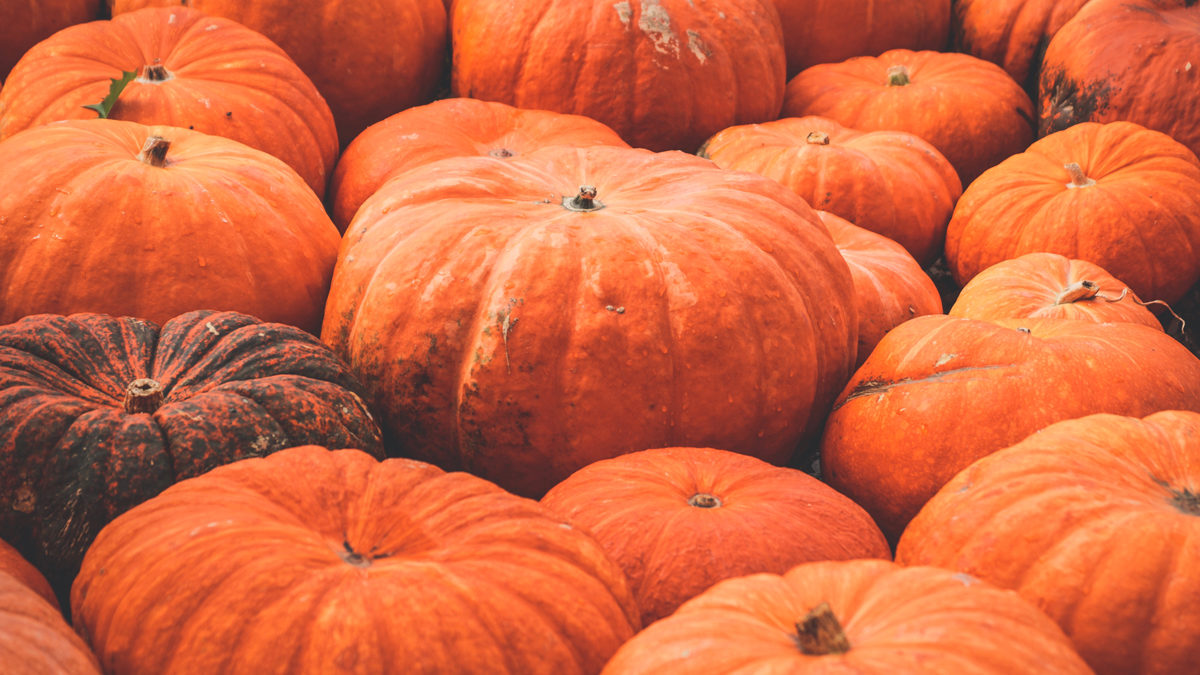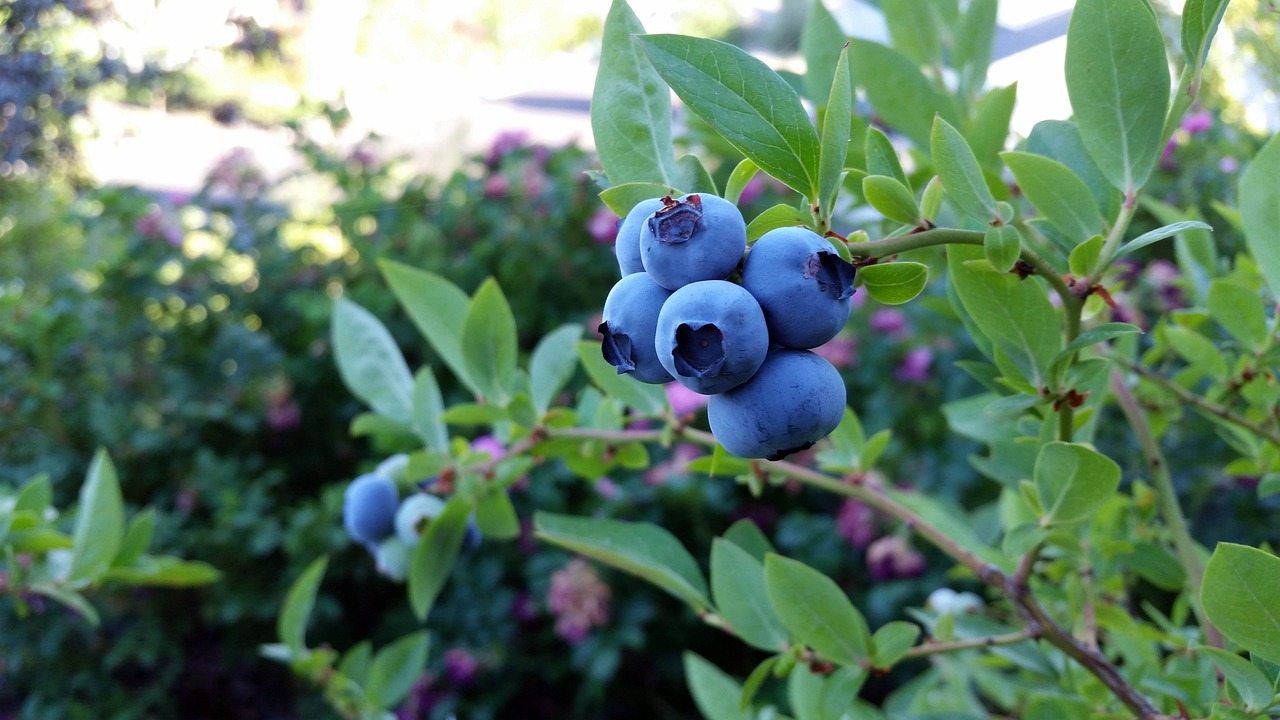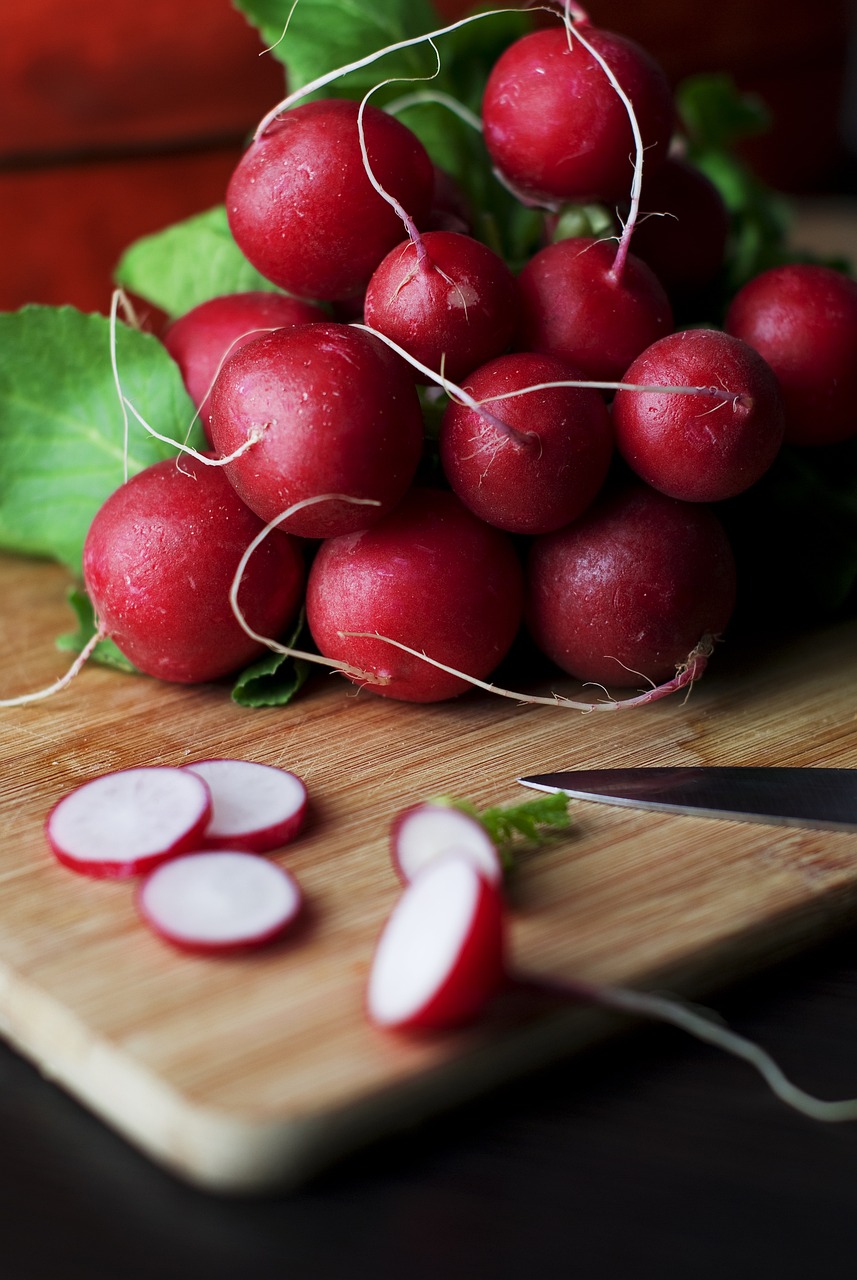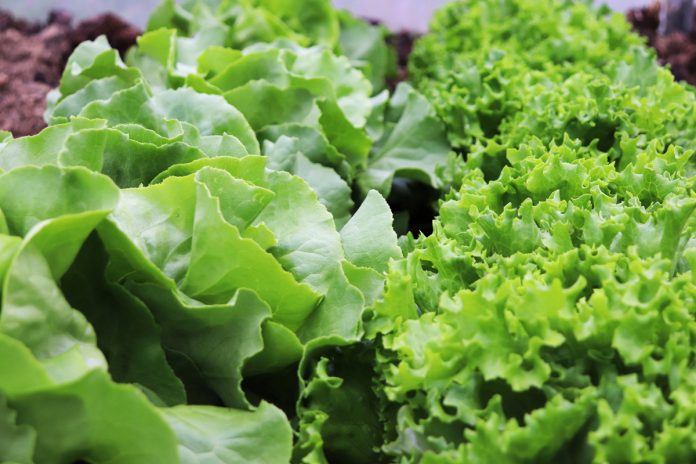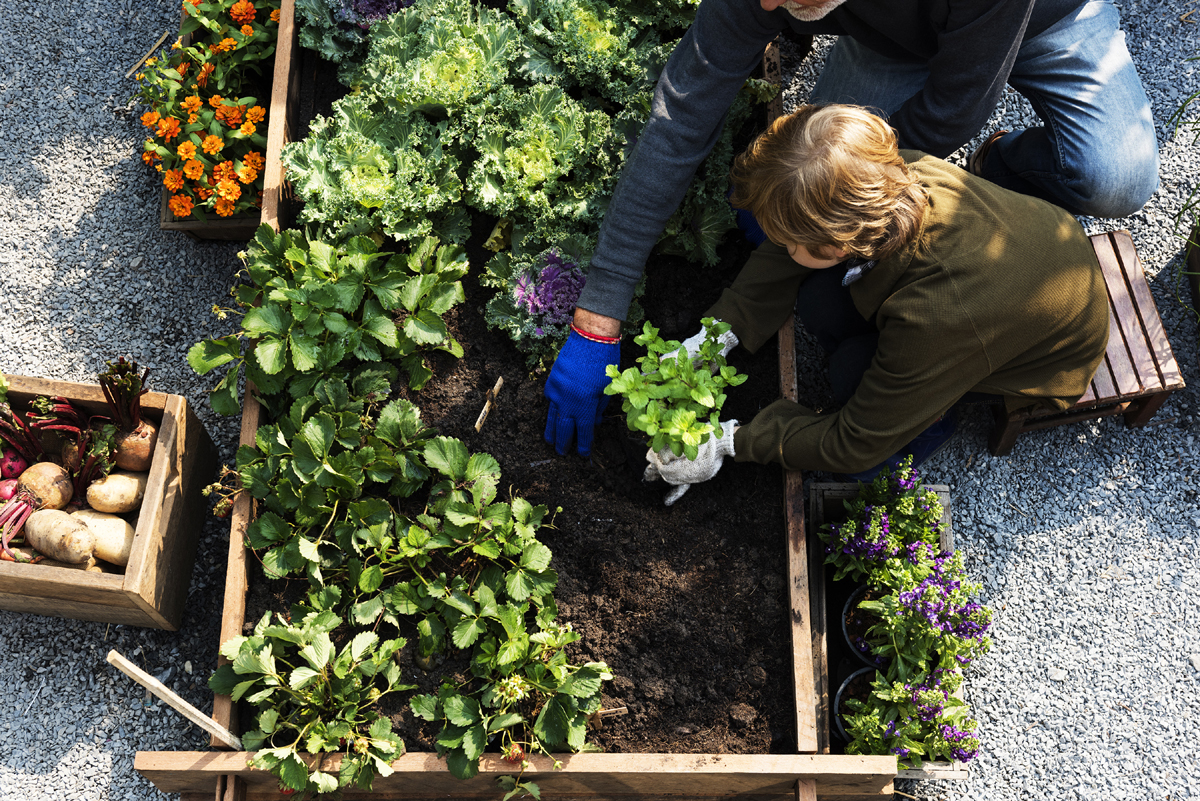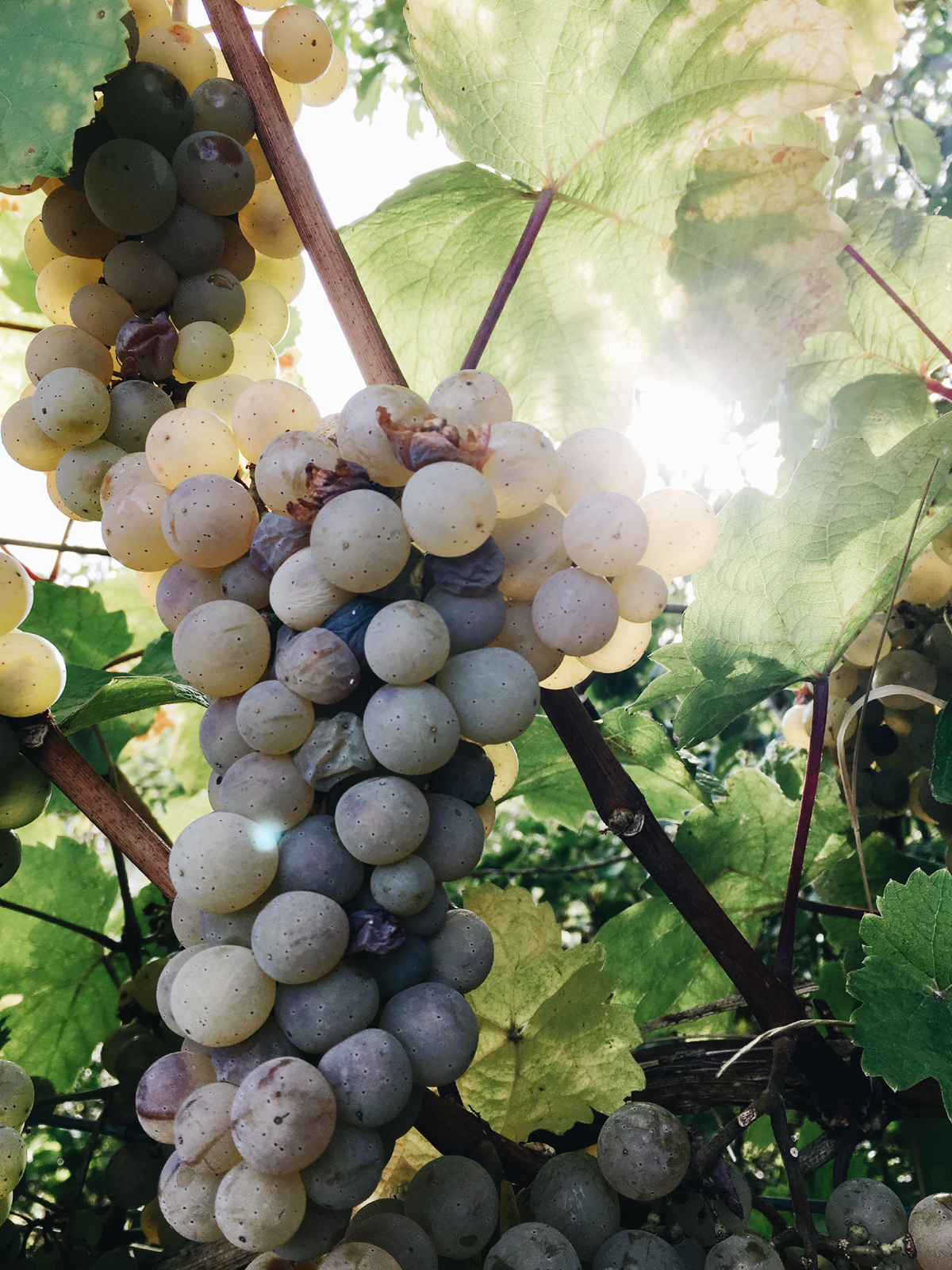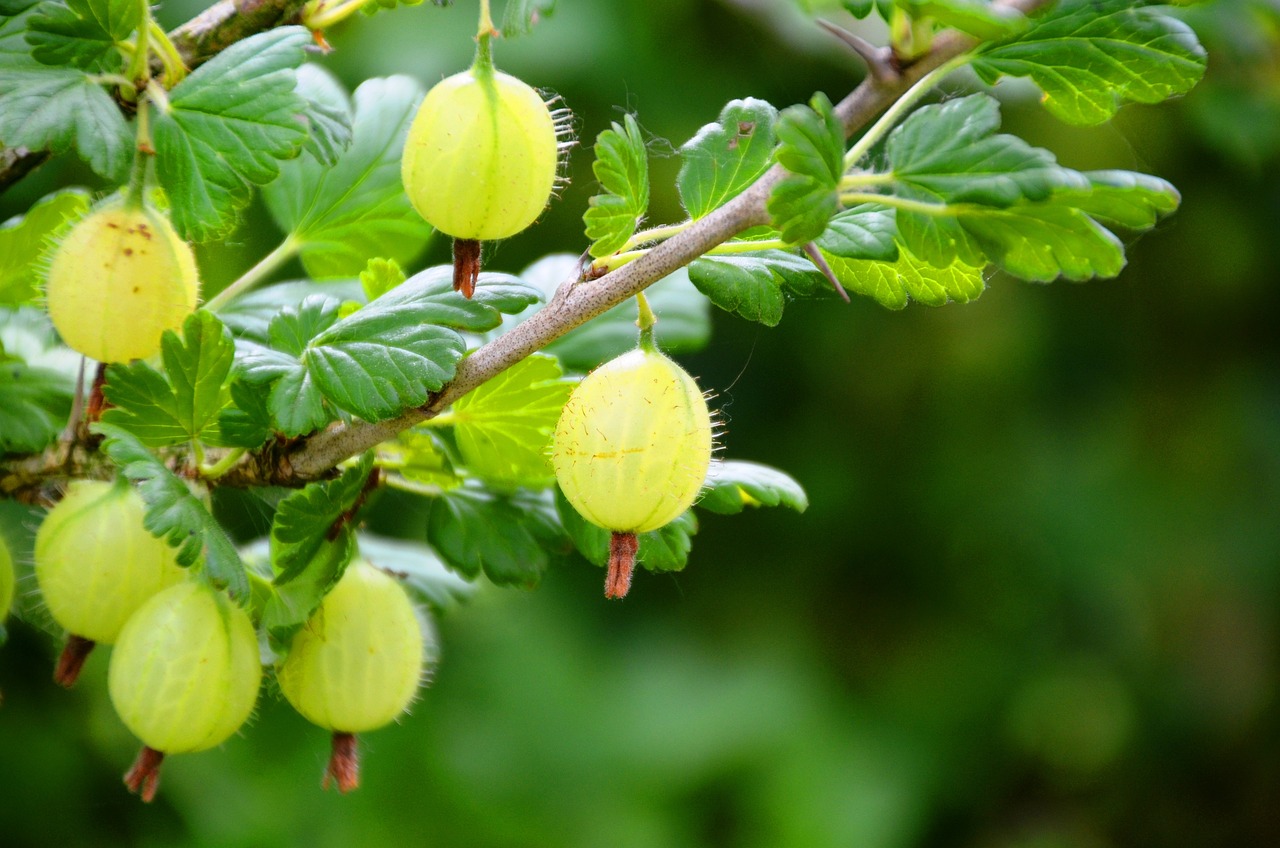7 Plants You Need to Plant
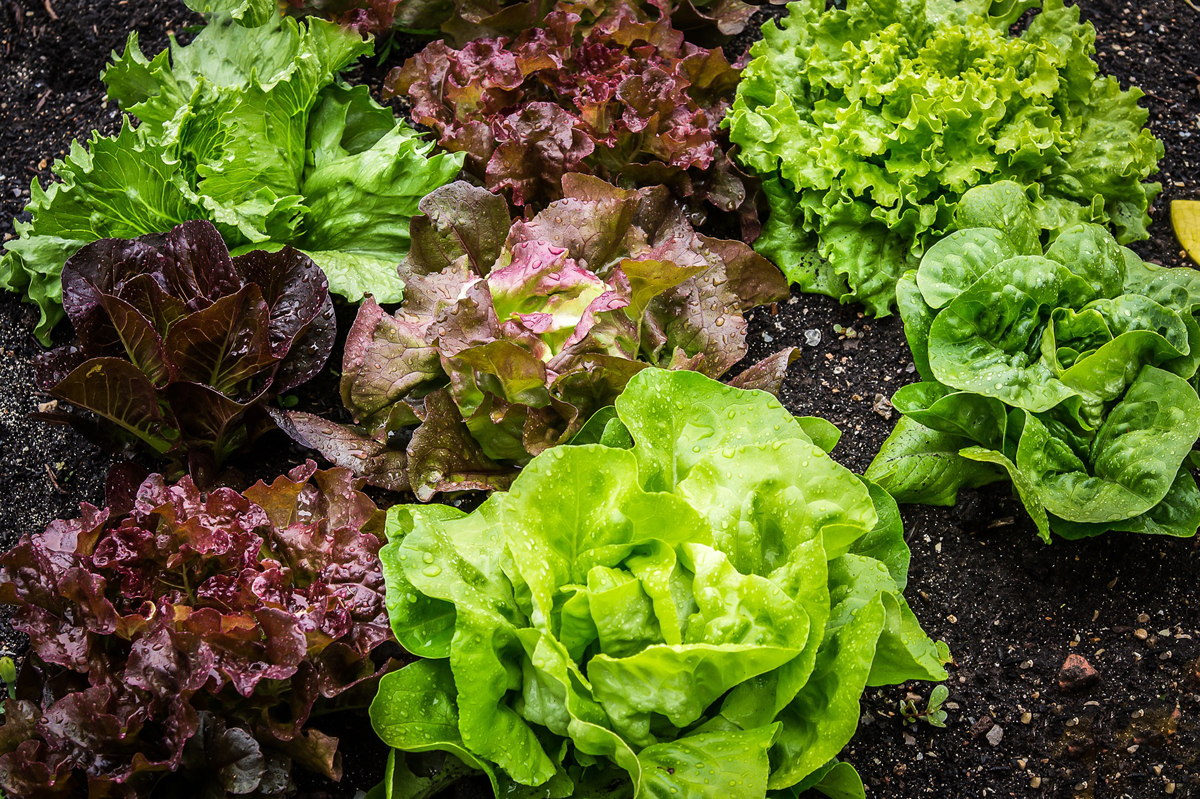
Before you start with your home garden project, try to make a list of the plants that are common for your daily needs. If you’re used to daily vegetable in your diet, jot down all those vegetables that can be grown and sustains when you need them. Some are short season crops, usually last 45 days to 2 months. Other grows more than 2 – 4 months or more.
Calendar your planting so that every day you have an available supply of fresh vegetables, say, a month period and another for the next month and so on until a year fresh supply.
Ideal vegetable crops to grow in your garden.
Tomato
The most in demand vegetable in the kitchen is tomato. It is used almost in all kind of dishes. You can eat them fresh as salad, mix with your soups an everything about food. It’s rich with Vitamins A, C, Potassium, Iron, Phosphorous and Sulfur.
Lettuce
As a fresh salad green leafy vegetable, lettuce is a must in the table. Every part of this plant is edible and can be eaten fresh. Lettuce is easy to grow and a short season crop. Lettuce is rich with vitamins A, B, C, Potassium and Iron.
Pepper
This crop is very important in all kind of dishes. To provide a continuous supply of pepper in your kitchen, include them in your lists of vegetables to plant in your garden.
Green Onions
Your soup, pancit canton, chop suey, and lots more of the first class dishes, needs green onions as the main ingredients. Without this plant, your dishes lacks the main taste for a perfect diet. The Chinese always makes this vegetable available in their recipes as a perfect ingredient in all their dishes. This plant is easy to grow. It can be planted in containers or in the garden for mass production.
Snap Peas
Snap beans are a source of good nutrition for malnourished people. It’s also easy to grow, but needs a support to grow healthy. Snap beans is rich with vitamins A, B, C, Potassium, Phosphorous, Iron, Copper, and Magnesium.
Radish
This kind of root vegetable is favorite among those who are obese. It’s said to help weight gain to obese people. It’s also rich in anti-fungal and anti-bacterial properties and effective in fighting digestive irregularities. It’s rich with vitamins A, C, Potassium, Iron, Sulfur, Phosphorous, and Lycopene (anti-oxidant). You can easily grow radish either in containers or in the beds.
Borage
A good companion plant for tomatoes, squash, and other vegetables, Borage deters tomato horn worms and cabbage worms. It’s also one of the best attracting plants for honey bees and some wasps. Besides being a good companion crop, borage contributes minerals to the soil and a good addition for composting. It’s rich with vitamin C, calcium, potassium and mineral salts. When planted side by side with tomatoes, it improves the plants’ growth and disease resistance. Borage is also used as vegetable, besides a companion crop. Its flowers are edible for cooking similar to other edible flowers.
There are some other vegetable crops that you can plant in your garden, but I only narrow it down to these selected crops for your guide in your daily supply requirements and nutritional needs of your family.
Having these vegetables available, you’re sure to have your complete supply in your kitchen of fresh organic food.
Happy gardening!
The Author:
Cris Ramasasa is a retired Horticulture teacher for 29 years and Freelance writer. Writes home gardening tips and resources. Written ebooks titled: Discover How To Get Started In Flower Gardening and Vegetable Gardening Made Easy.
Photo. ThG
Source: AB

